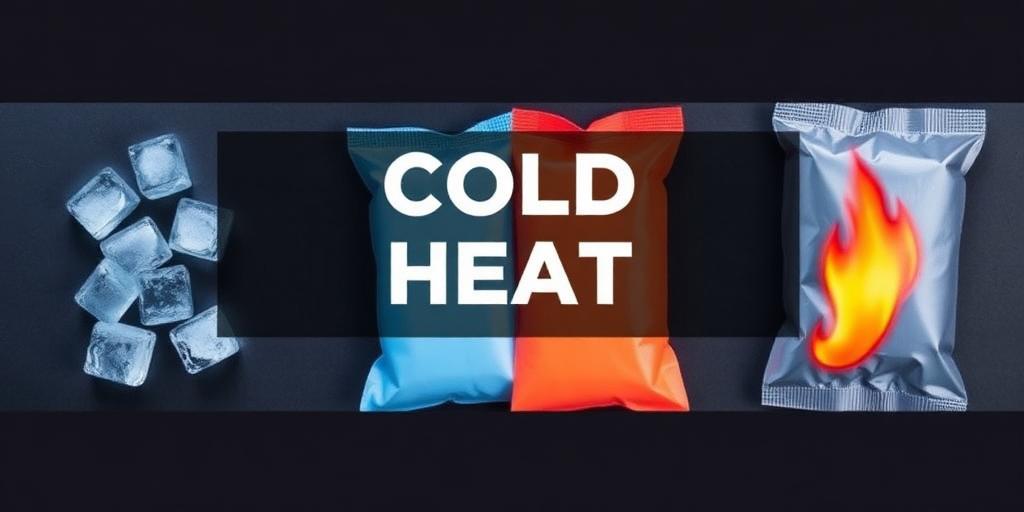Understanding when to use heat versus ice for injuries is crucial for effective recovery. Both heat and ice can provide relief, but they work differently and are appropriate for different situations. This guide provides a comprehensive overview of when to use each method to help you make informed decisions.
The Science Behind Heat and Ice
Ice (Cryotherapy):
- Mechanism: Ice reduces blood flow to the injured area by constricting blood vessels. This helps to minimize inflammation, swelling, and pain.
- Best For: Acute injuries (those that have occurred within the last 48-72 hours).
Heat (Thermotherapy):
- Mechanism: Heat increases blood flow to the area by dilating blood vessels. This can help to relax muscles, reduce stiffness, and promote healing.
- Best For: Chronic conditions or injuries, muscle stiffness, and tension.
When to Use Ice
Ice is most effective for new injuries where inflammation is a primary concern. Apply ice in the following situations:
- Acute Injuries: Sprains, strains, bruises, and other injuries that have occurred recently.
- Symptoms: Swelling, redness, pain, and inflammation.
- How to Apply: Use an ice pack, frozen gel pack, or even a bag of frozen vegetables wrapped in a towel. Apply for 15-20 minutes at a time, several times a day. Always use a barrier (towel) between the ice and your skin to prevent frostbite.
When to Use Heat
Heat is better suited for chronic conditions and muscle-related issues. Use heat in the following scenarios:
- Chronic Pain: Arthritis, muscle soreness, and stiffness.
- Symptoms: Muscle tightness, reduced range of motion, and chronic discomfort.
- How to Apply: Use a heating pad, warm towel, hot water bottle, or take a warm bath. Apply for 15-20 minutes at a time. Be cautious to avoid burns, especially with heating pads.
Contrasting Heat and Ice: A Quick Guide
To summarize, here's a quick reference:
- Ice:
- Reduces inflammation and swelling.
- Best for acute injuries (first 48-72 hours).
- Heat:
- Relaxes muscles and increases blood flow.
- Best for chronic pain and stiffness.
Precautions and Considerations
- Diabetes or Circulatory Issues: Consult a healthcare professional before using heat or ice, as these conditions can affect your sensitivity to temperature.
- Skin Sensitivity: Always use a barrier between your skin and the heat or ice source to prevent burns or frostbite.
- When to Seek Medical Advice: If your pain is severe, does not improve with home treatment, or is accompanied by other symptoms (such as numbness, tingling, or loss of function), seek medical attention.
Understanding when to use heat and ice can significantly aid your recovery process. By following these guidelines, you can effectively manage pain and promote healing for various types of injuries and conditions.









